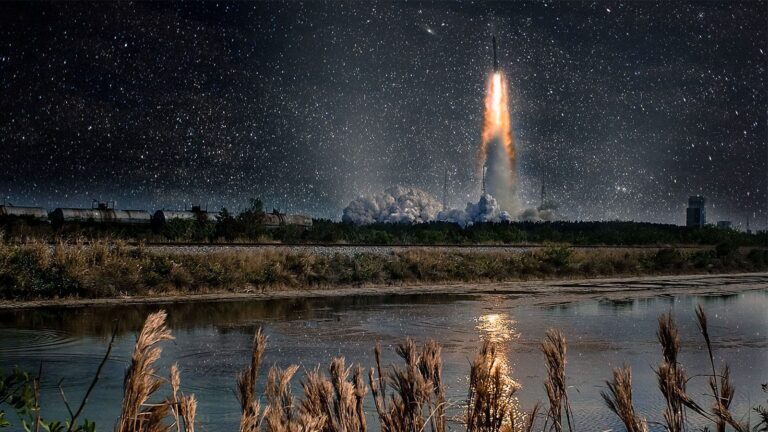Stay Up to Date
Submit your email address to receive the latest industry and Aerospace America news.
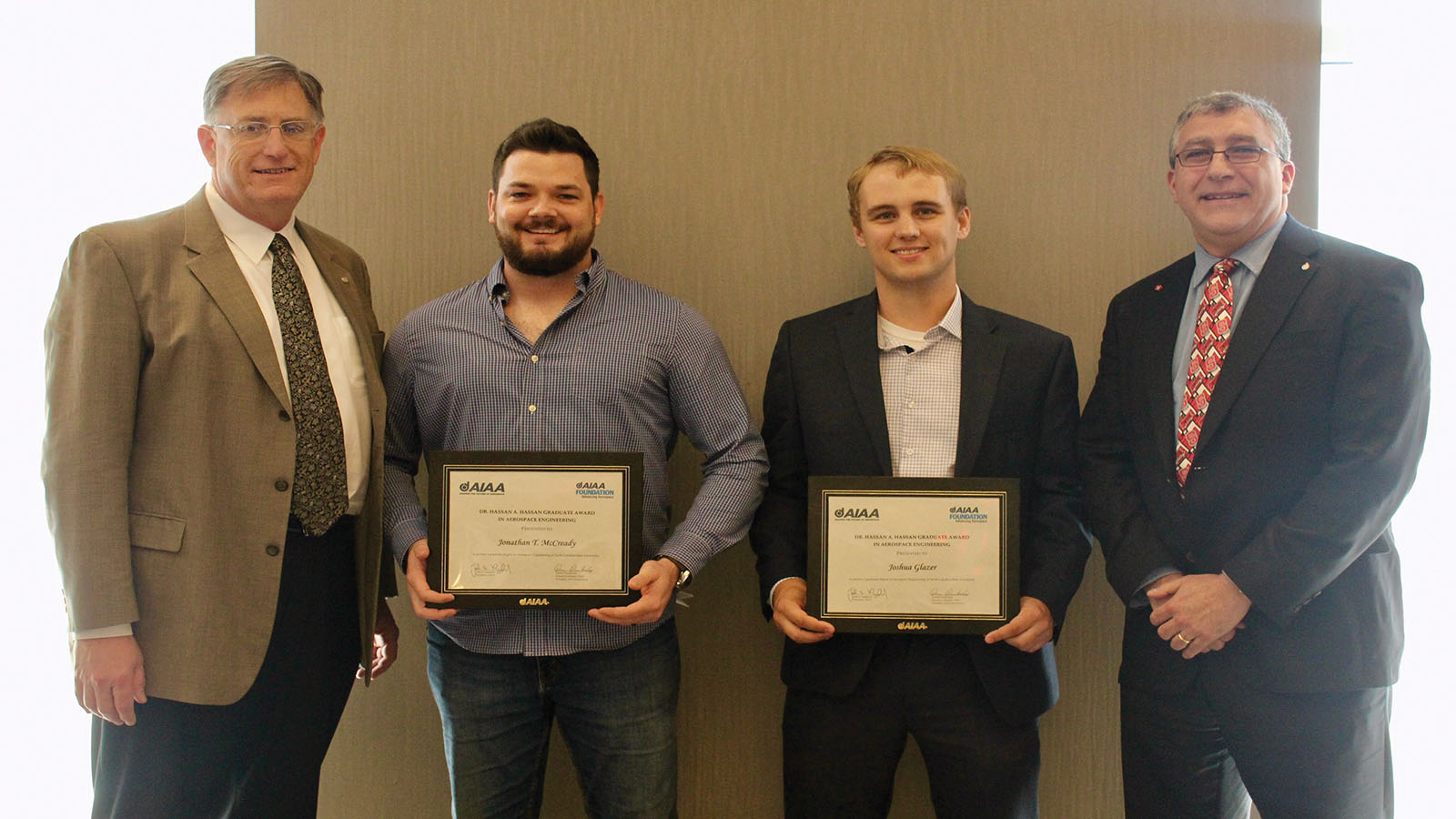
AIAA Foundation
Making an Impact: New NCSU Graduate Award Leads to Fresh Possibilities
Two graduate students pursuing a career in aerospace engineering are receiving invaluable support from the new Dr. Hassan A. Hassan Graduate Award in Aerospace Engineering at North Carolina State University (NCSU).
The inaugural award recipients are Jonathan T. McCready, whose passion for math and physics led him to aerospace after serving in the U.S. Navy, and Josh Glazer, who cites his grandfather, a retired U.S. Air Force aerospace engineer, his freshman advisor, and the university’s aerial robotics club for leading him to pursue aerospace engineering.
The graduate award was established by Dr. Hassan, an influential aerospace professor at North Carolina State University, shortly before his death on 12 January 2019. The award is designed to entice top NCSU aerospace engineering seniors, who also are AIAA members, to earn their graduate degree (M.S. or Ph.D.) in aerospace engineering at NCSU. In a normal year, there will be one $5,000 award per year. But this year former students, friends, and colleagues raised additional funds in memory of Dr. Hassan so two awards were presented, each for $5,000.
Jonathan McCready
McCready, who calls Kings Mountain, NC, home, began studying criminal justice at the University of North Carolina Wilmington after he finished his service in the U.S. Navy as a master of arms. While he thought criminal justice would be a good continuation of his military training, it wasn’t for him.
He wanted to switch to engineering but didn’t know if he was good at math. Like many K-12 students, he had struggled with focus. That changed in the military and he quickly discovered he excels at math. “It just took off,” he said.
Starting in the fall, McCready will be pursuing a Ph.D. in experimental supersonic aerodynamics and would like to work for a national research lab after graduation.
“Right now, I am in the process of validating the use of fast-response pressure sensitive paint for projectiles traveling at high subsonic and low supersonic speeds using a shock tube I designed to propel projectiles,” said McCready, adding he’s also using computational fluid dynamics for validation purposes.
He’ll be starting work on blast-induced traumatic brain injuries later this fall. The research could help the military better protect soldiers from traumatic brain injuries caused by blast waves due to improvised explosive devices (IED). Currently, there’s little in the way of determining, experimentally, flow properties on the surfaces of free-flight projectiles traveling at high speeds. McCready is working to change that.
Josh Glazer
Glazer, who has lived all over the country, is earning his master’s degree. His grandfather worked on a variety of projects for the Air Force, including the A-10 warthog, SR-71 blackbird, X-30 NASP, and the C-17.
NCSU’s aerial robotics club helped Glazer narrow which field of engineering he wanted to pursue. “In that club I learned more about aerospace than I ever anticipated as a freshman. It was a bug that bit me and still hasn’t seem to let go. All because my adviser gave a little push in the right direction, and a club took the time to teach a freshman who knew nothing.”
Glazer is pursuing a career in flight testing because “that’s when the real fun starts. All the math is tested in a real situation. I’ve never been more stressed and more filled with joy than during the maiden flight of a new aircraft.”
He’s currently conducting research in unmanned vehicle integration and is the lead graduate researcher for the Namibia Wildlife Aerial Observatory (WAO) anti-poaching team. The goal of this research is to use unmanned aircraft to aid anti-poaching efforts in southern Africa.
Both McCready and Glazer are grateful for the award.
“It allows me to remain relatively stress free, with regards to the finances associated with being a graduate student for the first semester,” McCready said. “As a result, this lets me put all my focus and attention towards my research.”
Glazer said, “the Hassan Award is helping me by allowing me to continue my work on the WAO to end poaching in southern Africa. Without the award I would not have been able to continue in this great program.”
For more information about AIAA’s educational activities, including making a donation or establishing a new scholarship, please contact Foundation Director Merrie Scott, [email protected] or visit www.aiaa.org/foundation.
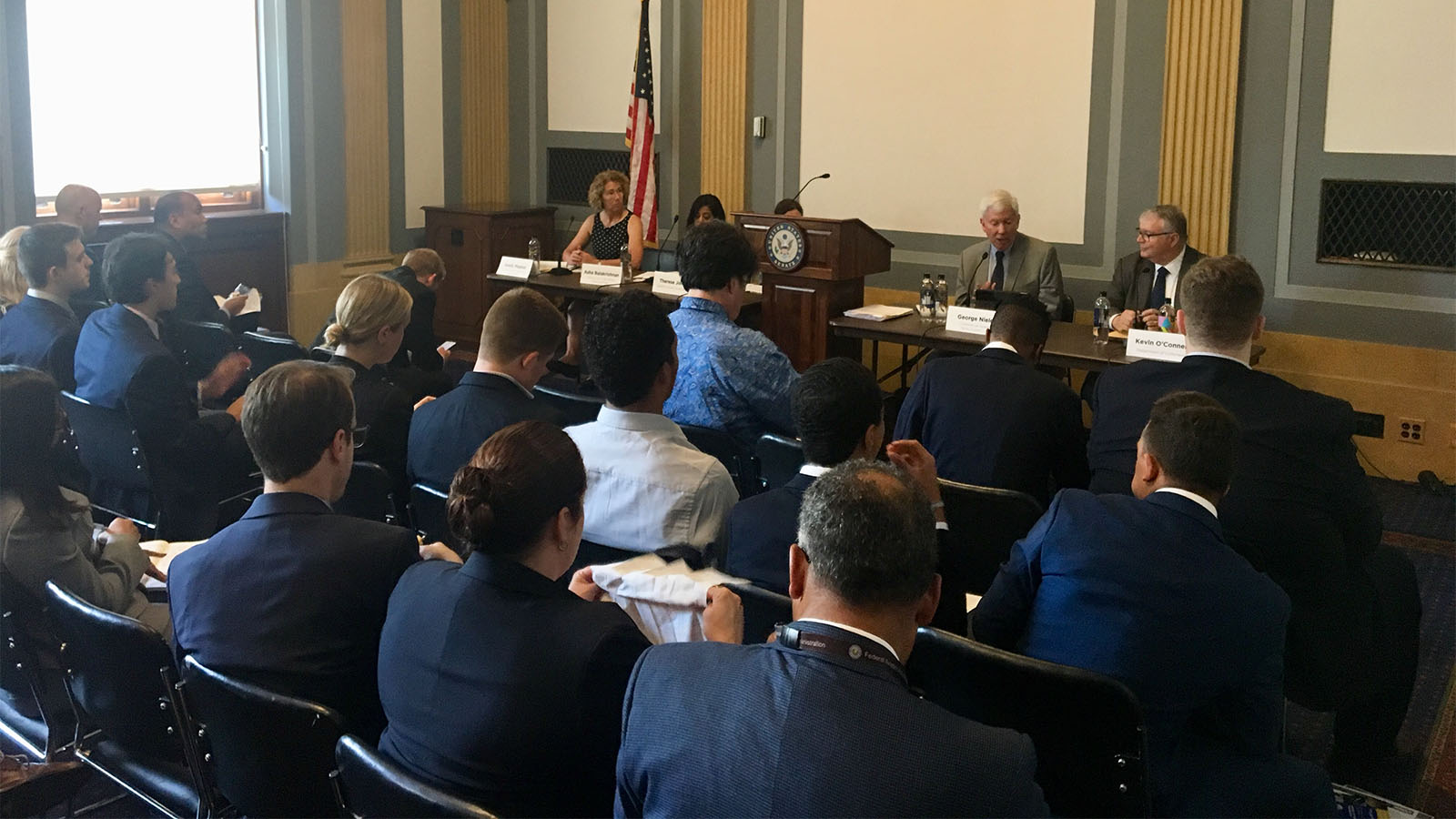
Public Policy
AIAA Briefing on the Global Challenge of Space Traffic Management
On 17 July, AIAA invited congressional stakeholders to a panel on The Global Challenge of Space Traffic Management. The panel addressed some of the important issues involved in defining a framework for a global approach to space situational awareness/space traffic management. The event was organized to introduce these stakeholders to topics that will be discussed at IAC 2019 in October. For more information on related events, go to iac2019.org/program2019/capitol-hill-events.
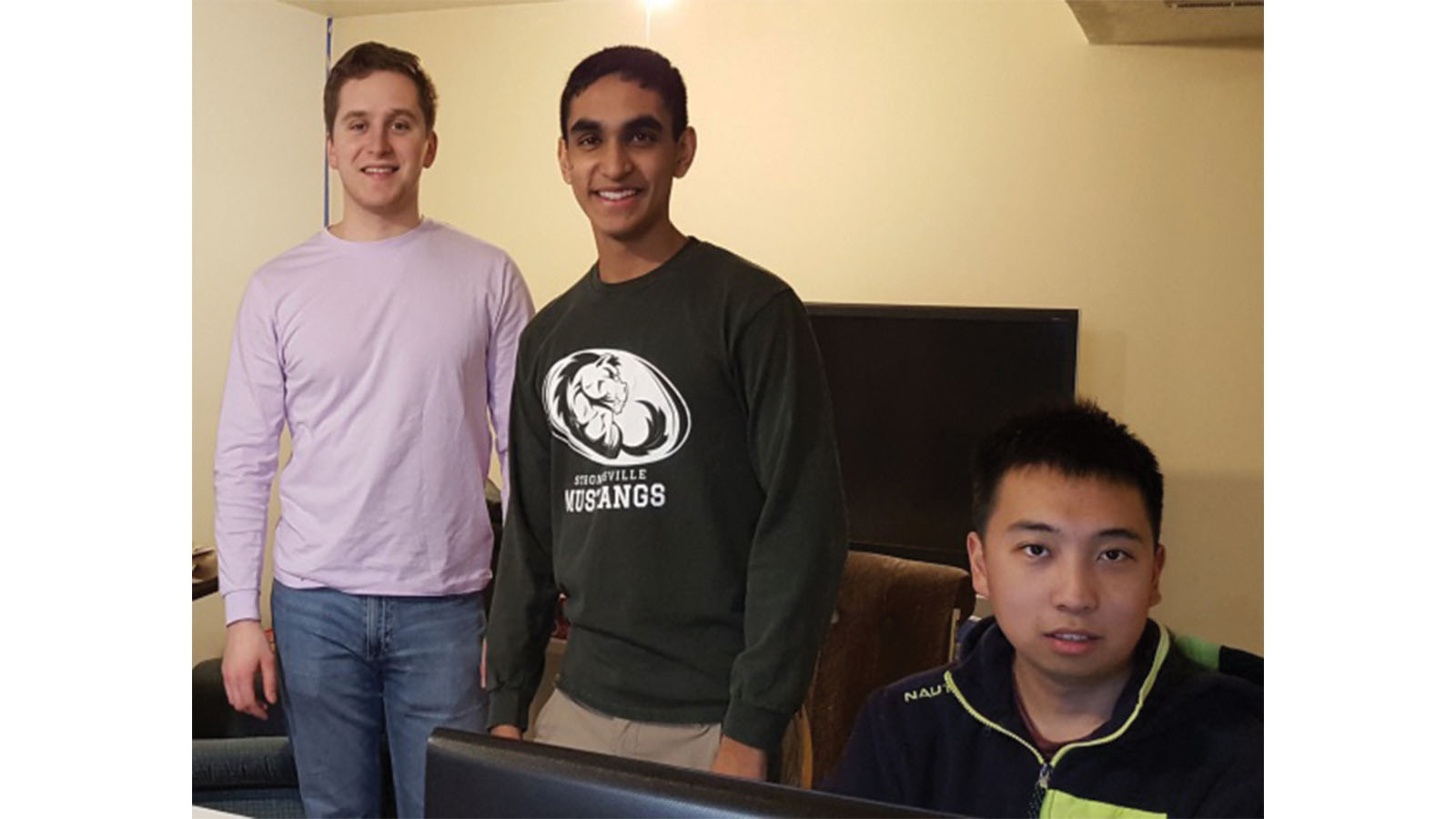
Section News
AIAA NOS Supports Student Researchers’ Flight Investigation of Flame Spread in Microgravity
By Christopher Pestak, AIAA Northern Ohio Section
As part of a continuing effort to encourage students to pursue careers in aerospace, the AIAA Northern Ohio Section (NOS) lent significant volunteer and financial support to a team of student researchers at NASA Glenn Research Center (GRC) who designed and built an experiment to test the effects of vibration on flame spread in microgravity. Research on flame behavior in microgravity is used to improve safety standards for manned spaceflight environments such as crew capsules and the International Space Station (ISS). The experiment flew on-board the successful launch of Blue Origin’s New Shepard suborbital space vehicle on 2 May 2019 (bing.com/videos/search?q=blue+origin+launch&view=detail&mid=A65981388A60AAD043ACA65981388A60AAD043AC&FORM=VIRE).
The student team was led by Evan Rose, a Case Western Reserve University (CWRU) graduate student and student intern with Universities Space Research Association (USRA). Also on the team is Satya Nayagam, a freshman at Princeton University, and Brian Sun, a freshman at Yale University. The students were mentored by AIAA Associate Fellow Dr. Vedha Nayagam and Glenn Lindamood, an electrical engineer at GRC. Both Dr. Nayagam and Mr. Lindamood volunteered many hours in support of the project. Financial and experiment support for the project was provided by AIAA NOS, USRA, and CWRU. The students built the flight experiment at the CWRU Sears think[box]. The Sears think[box] is a public-access innovation center on the campus of CWRU that provides a complete ecosystem for new product development, including everything from design and ideation resources to prototyping and fabrication equipment.
This experiment came into reality after the team’s proposal won the Ken Souza Memorial Student Spaceflight Research Competition in 2017. This annual student research competition is supported by Blue Origin and coordinated by the American Society for Gravitational and Space Research (ASGSR) in memory of NASA space biologist Ken Souza. The student team was awarded a payload slot for their experiment on a Blue Origin launch, as well as a grant to develop their concept and build the flight experiment. At the time of the award and through the first year of the project, Satya Nayagam and Brian Sun were still in high school.
The successful flight experiment used the nearly three minutes of high-quality microgravity provided by the New Shepard flight to measure the rate of flame spread across a piece of ashless filter paper fuel (commonly used in microgravity combustion experiments) being oscillated at several different frequencies to show the influence of vibration on flame spread. The data returned from the flight will contribute to the body of knowledge in the area of spacecraft fire safety. Congratulations to Evan, Satya, and Brian on a job well done!
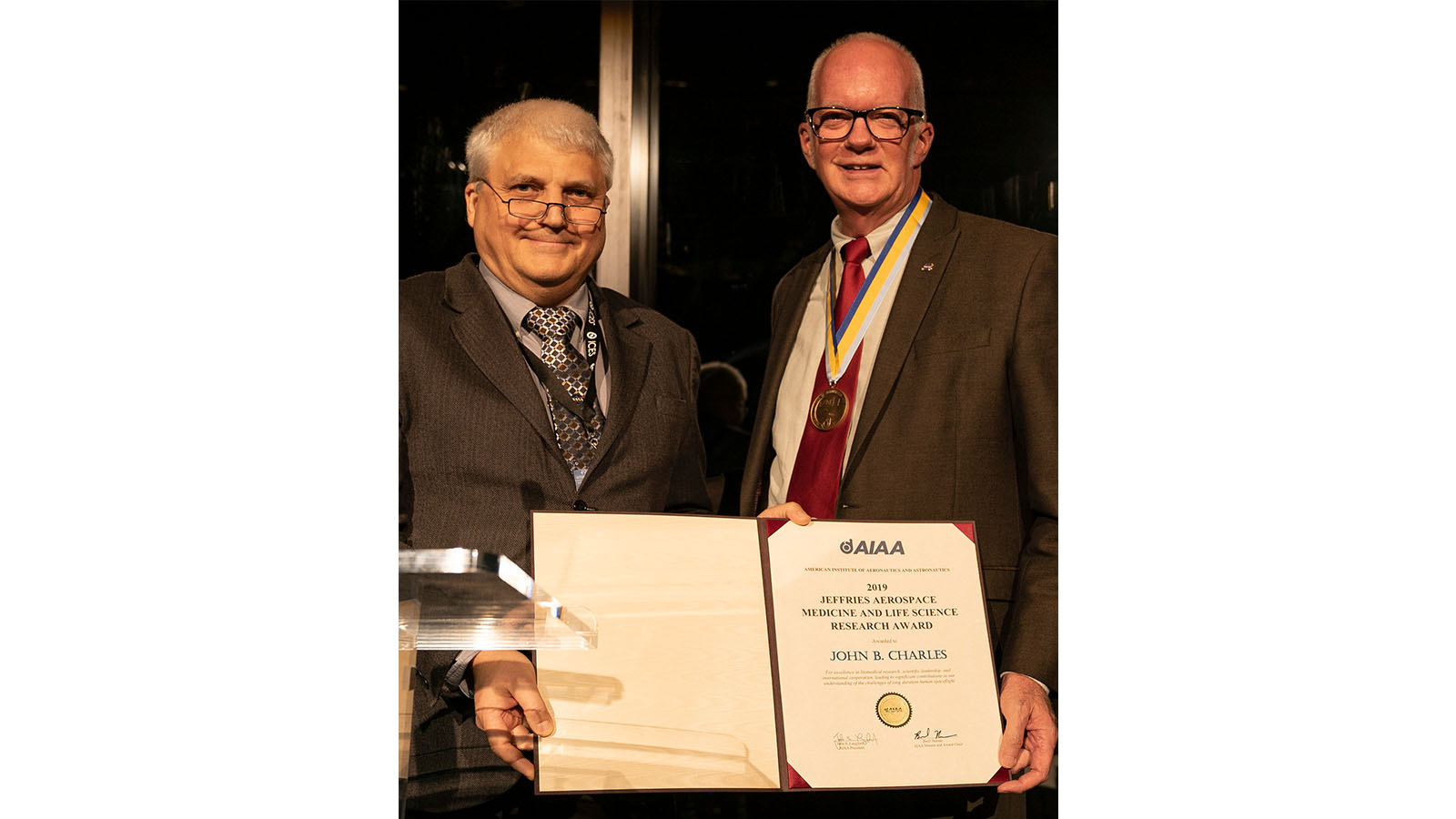
Award Announcements
2019 AIAA Jeffries Aerospace Medicine and Life Sciences Research Award Winner
Dr. John Charles received the 2019 AIAA Jeffries Aerospace Medicine and Life Sciences Research Award at the International Conference on Environmental Systems in Boston. Dr. Charles was recognized for excellence in biomedical research, scientific leadership, and international cooperation, leading to significant contributions to our understanding of the challenges of long duration human spaceflight. The award was presented by Dr. Daniel Barta.
AIAA Committees
2018-2019 AIAA SSTC-STTC STEM Teacher Grant Program Awards
By John Bloomer, AIAA Space Systems Technical Committee
For a tenth consecutive year, the AIAA Space Systems Technical Committee (SSTC) and Space Transportation Technical Committee (STTC) have partnered to award grants to K-12 STEM teachers through a nationwide competitive process, providing STEM resources to stimulate student imagination and confidence. For the 2018-2019 school year, three $500 grants were awarded, made possible through donations from NASA Alumni League JSC Chapter, San Fernando Engineers’ Council, and Analytical Mechanics Associates, Inc. This year’s winning teachers brought forward projects leveraging robotics, model rocketry, and a nursery rhyme-oriented STEAM textbook, giving students motivation and hands-on experience foundational to future careers.
Jolene Esz, Archbishop McNicholas High School, Cincinnati, OH – Ms. Esz’s high school juniors and seniors explored robotics engineering using BOE Shield-bots as a new addition to their Intro to Engineering module on hands-on electronics. The module is geared toward learning to identify basic electronics components, using a multimeter, building circuits, and working with Ohm’s Law. The purpose of adding the robots was to give students a chance to create circuits and use them in a more “real world” way. Students constructed the robots and designed their own circuits for battery life indicator and touch sensors. They also learned to write code for the robot Arduino (C++) board to correctly use the sensors. While the robot and circuit build phases of the project went smoothly, the software phase introduced an unexpected lesson in real-world engineering challenges. When the time came to test their robot sensors, connectivity to the web-based Arduino control interface could not be established. The students worked methodically to rule out candidate root causes (e.g., errors in robot construction, failed USB connectivity, bad power supply), finally establishing that root cause was a group policy IT issue. The project gave students a taste of how real engineering projects go. They had to have disciplined up-front planning to maximize their chances for success, and they had to apply their troubleshooting and critical thinking skills when circumstances drove them off-plan.
Mari Koester, St. John’s Lutheran School, Denver, CO – Ms. Koester’s uniquely collaborative project “To Infinity and Beyond” used model rocketry to introduce kindergarteners to the exciting world of STEM while providing 8th graders leadership experience. Each eighth grader built an Estes model rocket, while encouraging a kindergarten buddy to help with age-appropriate steps of the process. The younger students learned how a rocket moves, meshing with the kindergarten Next Generation Science Standards (NGSS) unit of forces and interactions. The 8th graders exercised the important leadership skills of critical thinking, collaboration, and communication. The teams demonstrated all 22 rockets at a launch event attended by students, staff, and parents, promoting excitement for STEM across the whole school community.
Meg Draeger, Chaminade Julienne Catholic High School – CJ STEMM Center, Dayton, OH – Ms. Draeger’s project created a set of nursery rhyme-oriented activity kits based on the book Hands-On STEAM Explorations for Young Learners by Allison Bemiss (Prufrock Press). The kits included supplies and picture books necessary to conduct STEAM challenge sessions. The project’s lead educator/engineer partnered with 11 teachers at local schools to cofacilitate sessions for nearly 300 K-3 students. Children worked in teams to define hypotheses, conduct experiments, and apply the engineering design process to arrive at a solution. Using picture books as a basis for describing scientific and engineering work proved a successful way to engage students and get them excited about future occupations. The 45-minute sessions had students working with their minds, hands, and simple materials, and involved absolutely no electronics or computer technology. The successful project will be carried into the next school year and featured at a summer educators’ workshop.
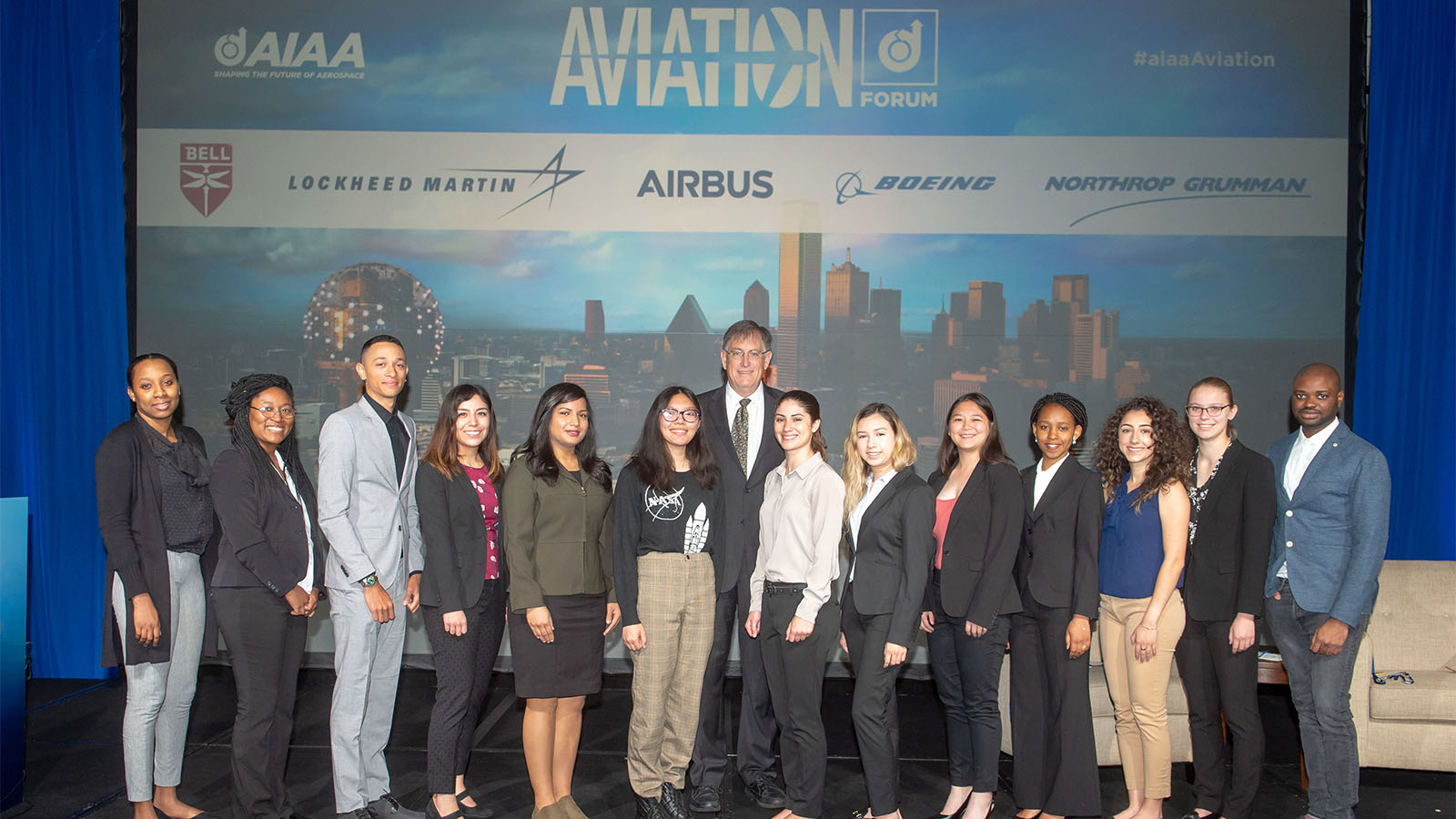
AIAA Diversity Scholars at the AIAA AVIATION Forum
Sixteen AIAA Diversity Scholars had the opportunity to attend the 2019 AIAA AVIATION Forum held 21–25 June in Dallas, TX. These students had a chance to check out AIAA Student Day, technical presentations, plenary and Forum 360 sessions, and network with a variety of aerospace professionals. Thank you to Aurora Flight Sciences for sponsoring the students.
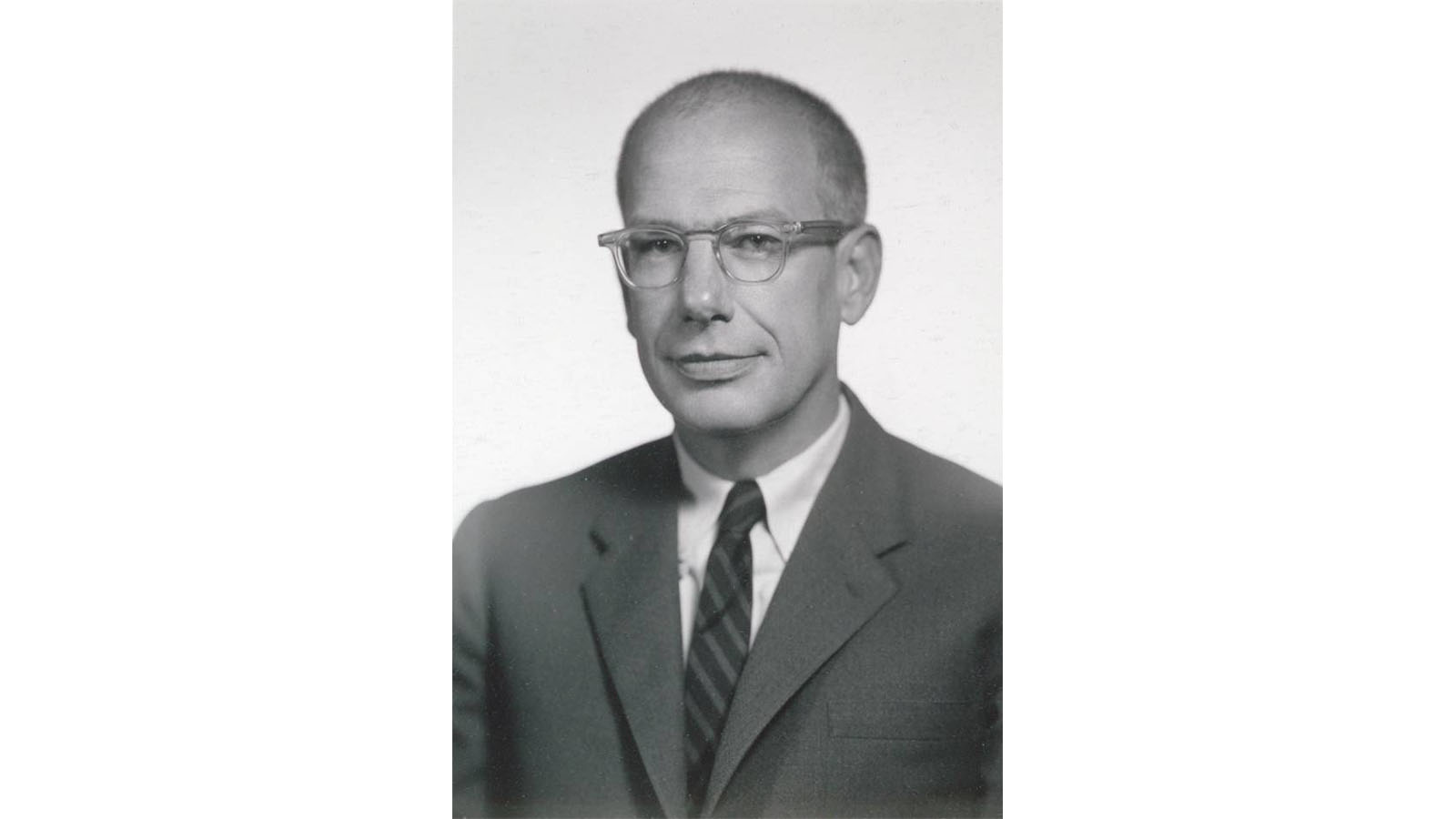
Obituary
AIAA Fellow Hazen Died in April
David C. Hazen, Princeton alumnus and professor of mechanical and aerospace engineering, emeritus, died on 27 April. He was 91.
Hazen graduated from Princeton University in 1948 and earned his master’s in 1949, before he joined the faculty in the newly formed aeronautical engineering department. He was appointed full professor in 1963. He served as associate dean of the faculty from 1966 to 1969 and was associate chair of the Department of Aerospace and Mechanical Sciences from 1969 to 1974. He transferred to emeritus status in 1982 after 33 years of service.
From 1975 to 1977 at the conclusion of the Vietnam War, Hazen served as chairman of the Naval Research Advisory Committee (NRAC). For his work with NRAC, Hazen received the Distinguished Public Service Award and was praised for his “dedication, hard work, and scientific competence and knowledge.”
Throughout his academic life, Hazen was involved with naval research on low-speed flight and conducted much of this research in an experimental wind tunnel lab created at Princeton’s Forrestal Campus, as well as with the help of Navy blimps used to suspend model aircraft to test aerodynamics at slow speeds. In an era where the industry was pushing flight faster and higher, Hazen’s contributions to the research of aeronautical engineering were in the area of low-speed aeronautics and aerodynamics. Hazen’s work helped to optimize aircraft at low speeds to make planes safer to land and forged the way for the shorter runways common today. This allowed airports to be closer to major cities and increased the number of flights per day to take off.
Hazen was also involved in promoting aeronautical engineering education worldwide, and he traveled to Kanpur, India, during academic year 1964–1965 as part of a delegation from nine American universities designated to help the Indian government establish the Indian Institute of Technology. He and two of his graduate students helped to found India’s first Department of Aeronautical Engineering, supervising the construction of experimental facilities complete with flight-test laboratories and convening technical staff for the instructional laboratory program. He also assisted in the development of the engineering school at the University of Jordan.
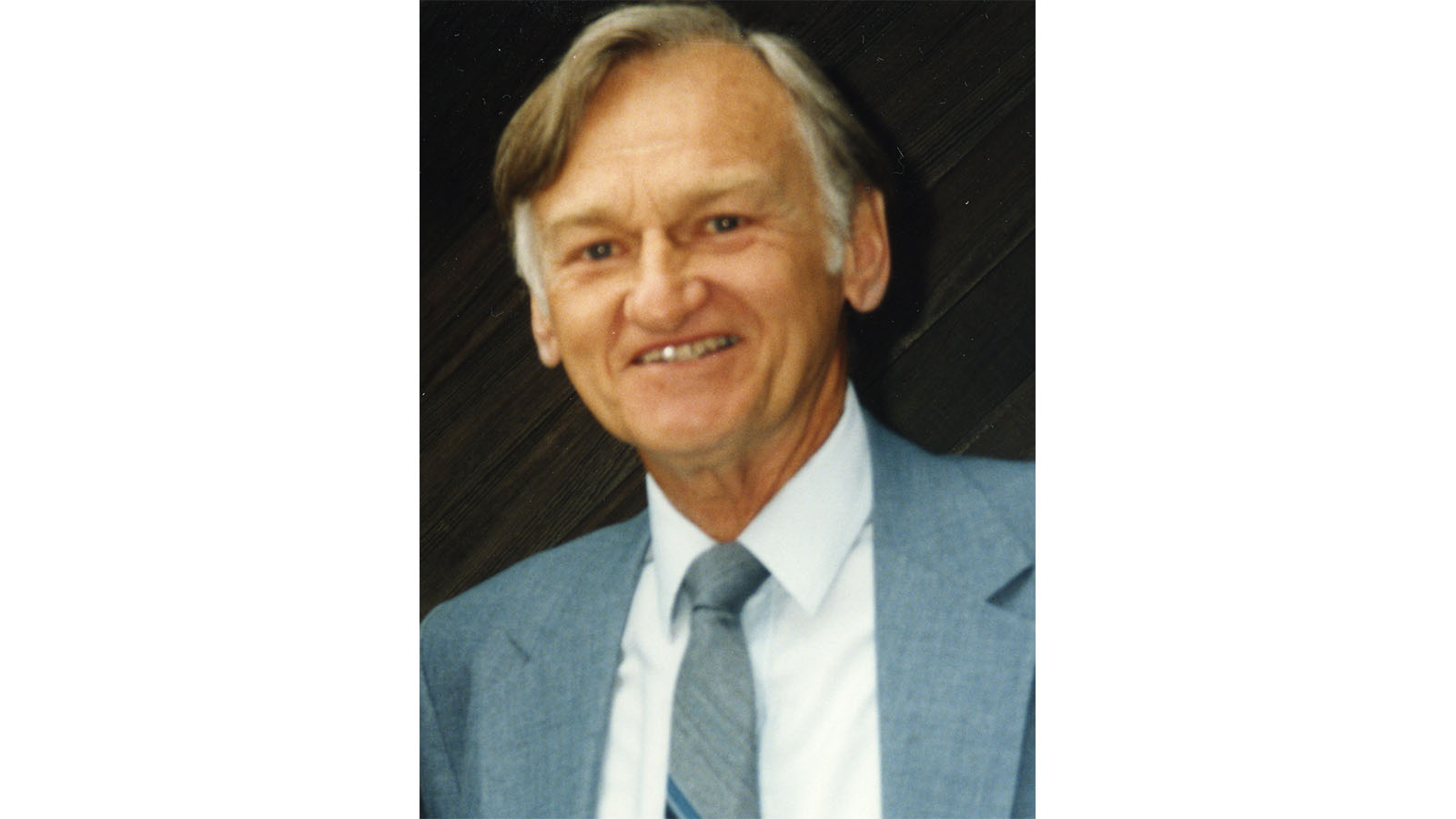
Obituary
AIAA Fellow Ericsson Died in June
Dr. Lars Eric Ericsson, 94, passed away on 2 June 2019. The aerospace community has lost a pioneering scientific powerhouse who made many groundbreaking contributions to unsteady aerodynamics and design of flight vehicles. He worked on launch vehicles, space shuttle, re-entry vehicles, helicopters, aircraft and missiles.
Dr. Ericsson’s career spanned more than six decades following his graduation from the Royal Institute of Technology (KTH) in Stockholm, Sweden, in 1949. He began his professional career in Sweden working for the Aeronautical Research Institute (FFA) and the Swedish Aircraft Company (SAAB) and then later for Lockheed Aircraft Corporation and Lockheed Missiles and Space in the United States.
Initially, he directed aerodynamic research necessary for the conversion of the Swedish double-delta fighter to a Mach 2 aircraft, following which he worked in senior engineering positions with Lockheed Missiles and Space Company. Here he developed analytical methods and subsequently directed aerodynamic research that would lead to prediction of aeroelastic characteristics of Saturn-Apollo launch vehicles, the Space Shuttle Launch Vehicle, and Atlas-Agena ascent vehicles. His extensive experience in re-entry vehicle unsteady aerodynamics included developing stability criteria for the Polaris re-entry system, and extension to tactical missile systems. He became recognized as the leading authority on unsteady separated flows. His penetrating analyses of nonlinear aerodynamics and dynamic stall characteristics of airfoils and slender axisymmetric bodies became the basis for studying combat aircraft unsteady aerodynamics and nonlinear dynamics. More recently, he directed aerodynamic research developing analytic methods to determine the aeroelastic characteristics of the Space Shuttle cable trays, which led to modifications of the launch vehicle to protect the cable trays from high-velocity cross-flow, subsequently validated in wind tunnel tests. Much of this work was supported by his prominent role in a number of international collaborative working groups.
After he retired from Lockheed Missiles and Space Company in 1991, he became affiliated with Nielsen Engineering and Research and worked for many years as a consultant for research in unsteady aerodynamics and structural dynamics, while continuing to elucidate diverse problems ranging from the nonlinear aerodynamics of wind turbines, to viscous motion coupling in combat aircraft maneuvers. What these problems all had in common was complexity of the nonlinear unsteady aerodynamic phenomena. These contributions came largely before the age of large-scale CFD, when physics-based and phenomenological analysis was the only recourse to come to grips with thorny unsteady aerodynamics problems of the day. Even today, his analytical approach based on flow physics concepts remains a valuable tool in preliminary prediction of unsteady turbulent phenomena that defy routine numerical simulation.
Dr. Ericsson retired once more in 2003. Over his long career he received a number of degrees, commendations, awards and honors including: 1972 Ph.D. from KTH, 1979 formal thank you letter from Martin Marietta for work on the aeroelastic stability analysis of the External Tank LO2 Cable Tray, 1983 Robert E. Gross Award Finalist Lockheed Missile Systems Division, 1984 AIAA Fellow, 1984 AIAA Aerodynamics Award, 1985 Robert E. Gross Award Recipient Lockheed Missile Systems Division, and 1989 Certificate of Merit for 30 years of service to the Fleet Ballistic Missile Program. He reviewed and edited professional journals for many years, including the AIAA Journal of Aircraft, and he was a member of the AIAA Atmospheric Flight Mechanics Technical Committee, as well as being a member of the American Helicopter Society.
The profound contribution Dr. Ericsson made to the field is evidenced by the huge body of published work he left behind, which constitutes an invaluable source of references for those who wish to cultivate something of his instinctive feel for the sometimes maddening complexity of turbulent flow physics. His enduring legacy is one of prolific achievements of a brilliant researcher driven by an unmatched enthusiasm and instinct to discover, whose human qualities of kindness and humility were always part of him.
Obituary
AIAA Fellow Guastaferro Died in June
Angelo “Gus” Guastaferro, aerospace executive, passed away on 9 June. He was 87 years old.
Mr. Guastaferro earned a B.S. degree in Mechanical Engineering from the Newark College of Engineering, an MBA from Florida State University, and Diplomate of the Advanced Management Program from Harvard University. After three years in the U.S. Air Force, he joined NASA for a distinguished career in space programs for 22 years, including Deputy Manager on the Viking program at Langley, Director of Planetary Programs in Washington, DC, and Deputy Director of Ames Research Center in Mountain View, CA. He later became a Vice President and Executive Director at Lockheed Missiles & Space in Sunnyvale, CA. Returning to Virginia, he joined nView Corporation, becoming CEO and Chairman of the Board.
Obituary
AIAA Senior Member Simmons Died in July
Larry L. Simmons died on 19 July 2019.
Simmons attended Furman University for one semester before enlisting in the U.S. Air Force in 1951. He was stationed at several bases including Lackland Air Force Base; Sheppard AFB; Parks College of Aeronautical Technology (IL); Chanute Field (IL); Smirna AFB (TN); Portland AFB (OR); Ashia AFB (Japan & Korea); and March AFB (CA). He left the air force in December 1954.
Simmons continued his education at Clemson University from 1955 to 1959, earning a degree in Electrical Engineering (BSEE). Upon graduation he relocated to California to Northrop Aircraft to pursue a career in the nation’s emerging space program.
He became a California Registered Professional Engineer and at the time of his retirement in 2003, Simmons was the Senior Principal Engineer/Scientist at Boeing Company (formally McDonnell-Douglas Corp.) in Huntington Beach, CA, specializing in the design of missile/rocket guidance, navigation and control systems. Among his projects were the guidance systems for the Space Shuttle Enterprise, the Boeing Delta II, Delta III and Delta IV satellite booster/launch rockets. Among his proudest moments were his successful launches of NASA’s Martian mission and the Apollo moon landing.
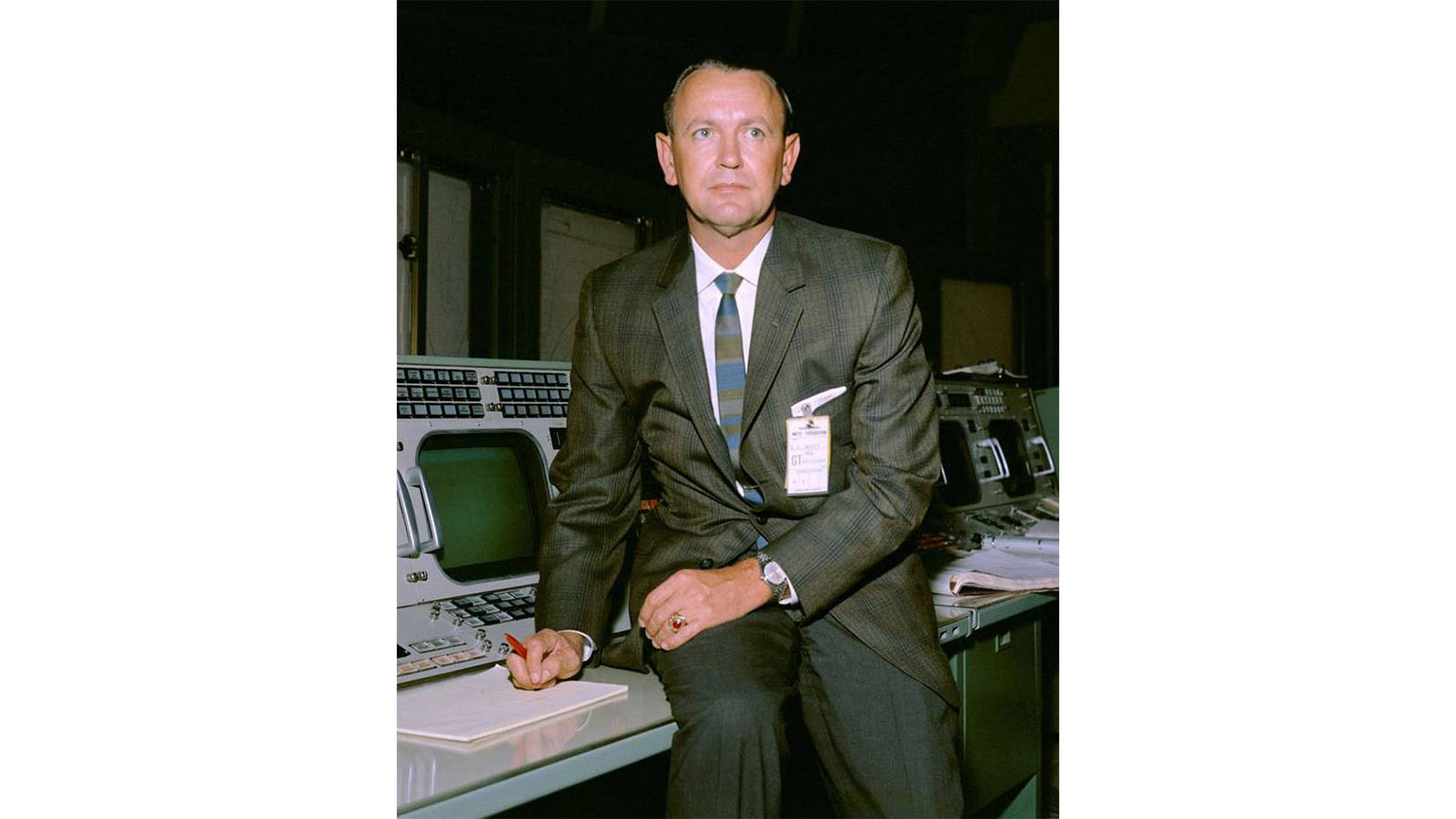
Obituary
AIAA Honorary Fellow Kraft Died in July
Chris Kraft, who helped shape the success of NASA’s manned space missions in the 1960s as the godfather of the ground-based Mission Control organization, died 22 July. He was 95.
Kraft enrolled in the mechanical engineering program at Virginia Tech in 1941 before switching to aeronautical engineering, a new discipline at the school. After graduating in December 1944 on an accelerated wartime schedule, he went to work at the National Advisory Committee for Aeronautics (NACA) flight research division at Langley, VA.
He was assigned to the Flight Research Division where among other projects he served as project engineer on flying-qualities investigations of the P-51H. He also conducted analytical work on gust alleviation, and directed a pioneering study of potentially dangerous wake turbulence caused by trailing vortices. In the 1950s he was the project engineer on flight tests of the Navy’s high-priority Vought F8U Crusader, which exhibited numerous problems in its earliest versions. Because of the work that Kraft and his coworkers did at Langley, the F8U was subsequently redesigned and was an outstanding fighter during the Vietnam War.
In 1958, he joined the NASA Space Task Group as NASA’s first flight director. He created the mission planning and control processes required for crewed space missions in areas as diverse as go/no-go decisions, space-to-ground communications, space tracking, real-time problem solving and crew recovery. During the Apollo program, Kraft became the Director of Flight Operations at Manned Spacecraft Center, responsible for overall human spaceflight mission planning, training and execution. His leadership in this critical area continued through the Apollo 12 mission in 1969, at which time he became deputy director of the center. He served as the center director from January 1972 until his retirement in August 1982, playing a vital role in the success of the final Apollo missions, the Skylab crewed space station, the Apollo-Soyuz Test Project and the first flights of the space shuttle.
After his retirement, Kraft consulted for numerous companies including IBM and Rockwell International. In 1994 and 1995, he led a NASA review team that recommended handing space shuttle operations over to a private contractor.
In 2001, he published an autobiography entitled Flight: My Life in Mission Control. He received numerous awards and honors for his work, including the NASA Outstanding Leadership Medal; four NASA Distinguished Service Medals; the Distinguished Alumnus Citation from Virginia Tech in 1965; the Hampton, VA, Distinguished Citizen Award in 1966; the John J. Montgomery Award in 1963; the National Space Club Goddard Memorial Trophy in 1979; and the 1996 John F. Kennedy Astronautics Award. In 1999, he was presented the Rotary National Award for Space Achievement and in 2006, NASA honored him with the Ambassador of Exploration Award. In addition, in 2011, NASA named its Building 30 Mission Control Center at the Johnson Space Center in his honor.
Obituary
AIAA Fellow O’Brien Died in July
Walter F. O’Brien Jr., the J. Bernard Jones Professor of Mechanical Engineering, died on 25 July. He was 82.
Professor O’Brien received his B.S. and Ph.D. from Virginia Tech in 1960 and 1968, respectively, and he earned his M.S. from Purdue University. He taught as an assistant, associate, and professor of mechanical engineering, and in 1987 he was a visiting scientist in the Aero Propulsion Laboratory at Wright-Patterson Air Force Base. In 1990 he was appointed associate dean for Research and Graduate Studies for the College of Engineering, and he was one of the founding Associate Deans of the Virginia Consortium of Engineering and Science Universities. In 1993 he was named head of the Department of Mechanical Engineering where he served until 2004. In 2002 he chaired a successful multi-university proposal to found the National Institute of Aerospace (NIA).
Over the course of his 52 years at Virginia Tech, O’Brien supervised the graduate work of over 130 M.S. and Ph.D. students, and published more than 150 technical papers and journal articles in the field of propulsion. He was the first Virginia Tech mechanical engineering professor to establish an identifiable research group, the Gas Turbine Research Institute, which he did as a junior faculty member. The effort marked a turning point in the department’s evolution from a well-respected regional teaching faculty into a nationally recognized research power.
O’Brien’s extensive list of accomplishments included being named Fellow of ASME and AIAA. He received the SAE’s Teetor Award as an Outstanding Engineering Educator, ASME’s Dedicated Service Award, and a Virginia Tech Outstanding Teaching Award. In 2003, he received the Virginia Joint Engineering Society’s Pletta Award as the Outstanding Engineering Educator in the state of Virginia. In 2012, he received AIAA’s Air Breathing Propulsion Award “for outstanding technical contributions, creativity, and generosity that have inspired hundreds of students to achieve bright careers in gas turbine and high-speed propulsion.”
Stay Up to Date
Submit your email address to receive the latest industry and Aerospace America news.




